I am looking for a way to find clusters of group 2 (pairs). Is there a simple way to do that?
Imagine I have some kind of data where I want to match on x and y, like
library(cluster)
set.seed(1)
df = data.frame(id = 1:10, x_coord = sample(10,10), y_coord = sample(10,10))
I want to find the closest pair of distances between the x_coord and y_coord:
d = stats::dist(df[,c(1,2)], diag = T)
h = hclust(d)
plot(h)
I get a dendrogram like the one below. What I would like is that the pairs (9,10), (1,3), (6,7), (4,5) be grouped together. And that in fact the cases 8 and 2, be left alone and removed.
Maybe there is a more effective alternative for doing this than clustering.
Ultimately I would like is to remove the unmatched ids and keep the pairs and have a dataset like this one:
id x_coord y_coord pair_id
1 9 3 1
3 7 5 1
4 1 8 2
5 2 2 2
6 5 6 3
7 3 10 3
9 6 4 4
10 8 7 4


